Anaheim Pepper Taste: Is This Mild Chili the Secret to Flavorful Dishes?
If you've ever taken a bite of a green chili and thought, 'I want more flavor without the fire,' then you're already on the path to discovering the Anaheim pepper. Known for its mild heat and rich taste profile, the Anaheim pepper is a hidden gem in the world of chilies. In this article, we’ll explore what makes the Anaheim pepper taste so special, how it compares to other popular peppers, and how you can make the most of it in your kitchen.
Table of Contents
- What Is an Anaheim Pepper?
- The Unique Taste Profile of Anaheim Peppers
- How Does It Compare? Taste & Heat Breakdown
- Cooking with Anaheim Peppers – Tips & Tricks
- Buying Guide: Choosing the Best Anaheim Peppers
- Conclusion: Why You Should Add Anaheim Peppers to Your Kitchen
What Is an Anaheim Pepper?
The Anaheim pepper (Capsicum annuum) is a variety of chili pepper that originated in New Mexico but was later grown commercially in Anaheim, California—hence the name. Often referred to as ‘California chili’ or simply ‘green chili,’ these peppers are long, slender, and typically measure around 6 to 10 inches in length.
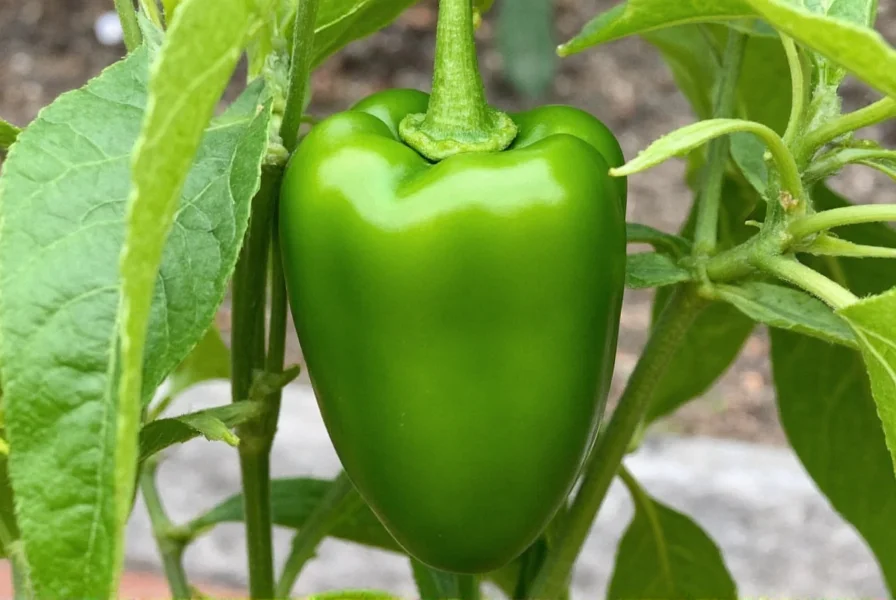
While they are generally picked while still green, Anaheim peppers can ripen to red, orange, or even purple hues. However, the green version is the most commonly used due to its milder flavor and versatile culinary applications.
The Unique Taste Profile of Anaheim Peppers
The hallmark of the Anaheim pepper taste is its clean, grassy flavor with a hint of sweetness and earthiness. Think of it as a gentler, more refined cousin of the jalapeño—less intense, but full-bodied and aromatic.
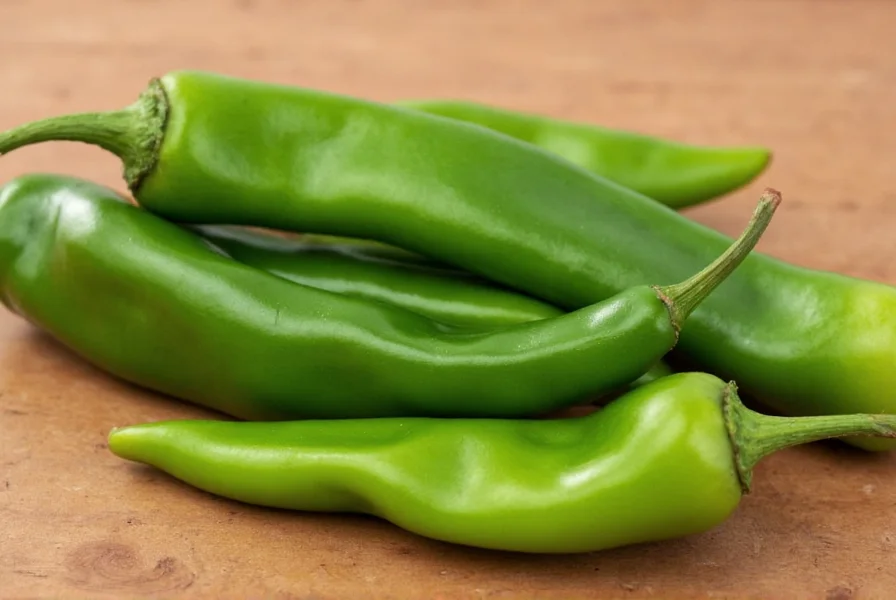
Here’s a breakdown of its key flavor notes:
- Sweetness: Slightly sweet when fresh, especially when roasted.
- Vegetal Notes: Green bell pepper-like qualities dominate the front palate.
- Earthy Undertones: Adds depth to dishes like stews, soups, and salsas.
- Mild Heat: Ranges from 500 to 2,500 Scoville Heat Units (SHU), making it very approachable for most palates.
When roasted or grilled, the flavor becomes smokier and more concentrated, which is why they’re a favorite in southwestern American and Mexican cuisines.
How Does It Compare? Taste & Heat Breakdown
To better understand where the Anaheim pepper taste stands among other popular peppers, let's compare them side by side:
| Pepper | Heat Level (SHU) | Flavor Notes | Best For |
|---|---|---|---|
| Anaheim Pepper | 500–2,500 | Sweet, grassy, earthy | Rellenos, salsas, soups |
| Jalapeño | 2,500–8,000 | Grassy, spicy, slightly fruity | Tacos, nachos, pickled snacks |
| Poblano | 1,000–2,000 | Dark, earthy, robust | Chiles rellenos, mole sauces |
| Bell Pepper | 0 | Sweet, crisp, juicy | Stir-fries, salads, stuffed dishes |
| Hatch Chile | 1,000–8,000 | Smoky, complex, variable | Romesco, sauces, roasting |
As you can see, the Anaheim pepper offers a balanced mix of flavor and heat, making it a great starting point for those who enjoy some spice but aren’t ready for the full jalapeño experience.
Cooking with Anaheim Peppers – Tips & Tricks
Cooking with Anaheim peppers opens up a world of flavor possibilities. Here are some expert tips to help you maximize their potential:
- Roast Them First: Roasting enhances the natural sugars and imparts a smoky depth. Simply place them over an open flame or under the broiler until blistered. Then wrap in foil and let steam before peeling off the skin.
- Stuff Them: Like poblanos, Anaheim peppers hold up well to stuffing. Fill them with cheese, rice, or ground meat for a delicious chiles rellenos-inspired dish.
- Use in Soups and Stews: They add body and subtle heat without overpowering other ingredients. Try them in a creamy potato soup or a classic posole.
- Make Fresh Salsa: Combine diced Anaheim peppers with tomatoes, onions, cilantro, and lime for a zesty salsa that’s easygoing enough for kids and bold enough for adults.
- Dry or Freeze for Later : If you’ve got a surplus, dry them in a dehydrator or freeze whole after roasting. They’ll keep for months and can be easily incorporated into future meals.
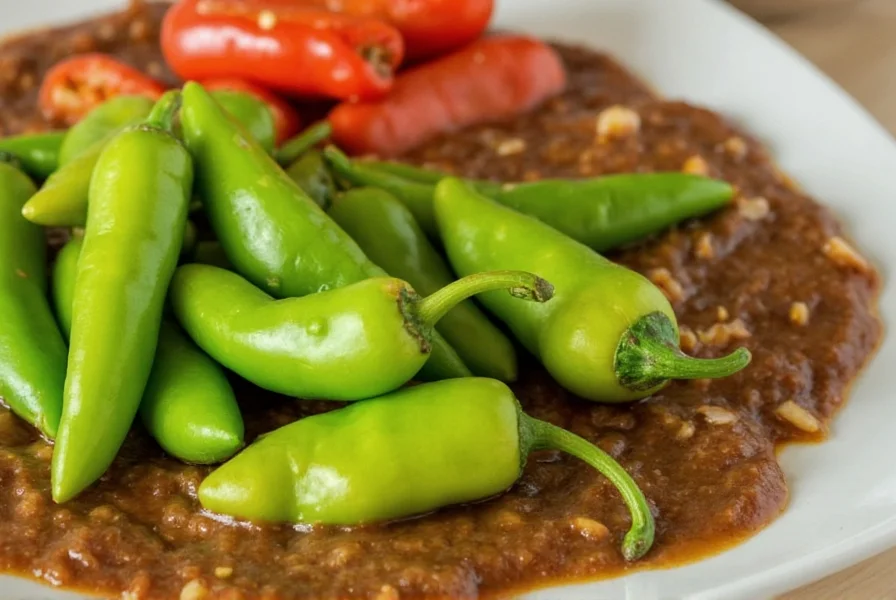
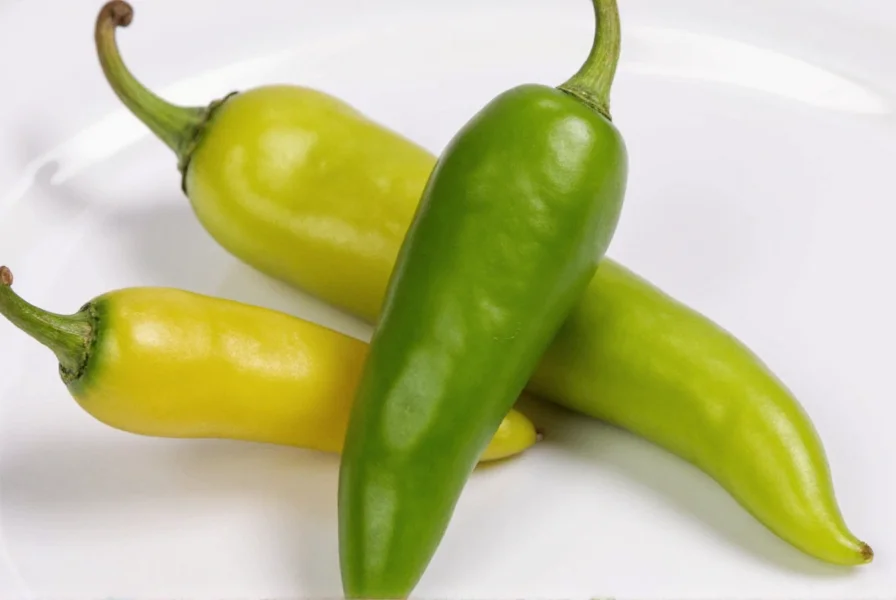
Buying Guide: Choosing the Best Anaheim Peppers
Knowing how to select the best Anaheim peppers can elevate your cooking game. Here’s a quick guide to buying and storing them:
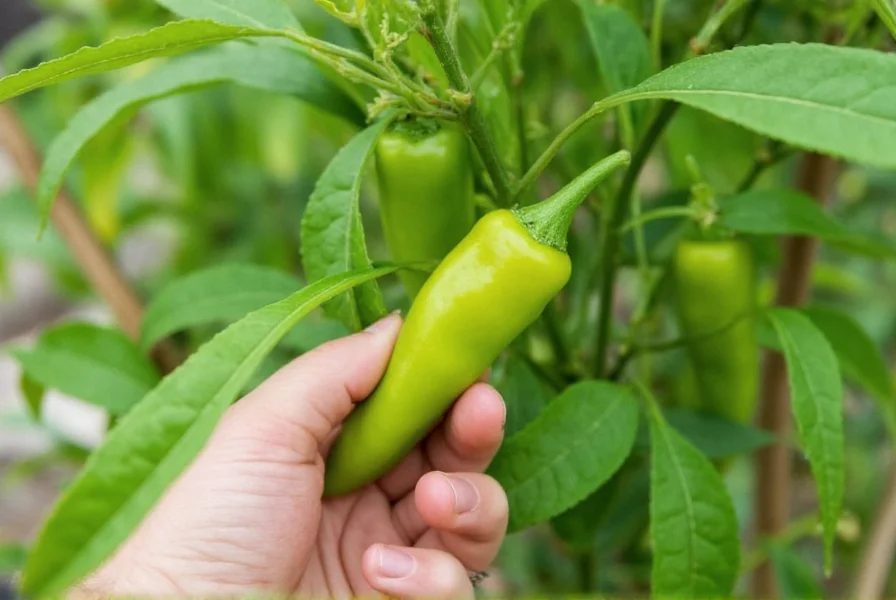
What to Look For
- Firm Skin: Avoid soft or wrinkled peppers—they’re likely past their prime.
- Vibrant Color: Bright green with no signs of yellowing or browning.
- Smooth Surface: No cracks or bruises.
Where to Buy
- Local Markets: Especially during late summer and early fall when they’re in season.
- Supermarkets: Available year-round in the produce section.
- Online Retailers: Some specialty stores sell dried Anaheim peppers or canned versions for convenience.
Storage Tips
- Fresh Storage: Keep in a paper bag inside the fridge for up to a week.
- Long-Term Storage: Roast and freeze or dry them for use in winter dishes.
Recommended Products Featuring Anaheim Pepper Taste
If fresh Anaheim peppers aren't available, consider these quality products that highlight their flavor:
| Product | Features | Advantages | Best For |
|---|---|---|---|
| Anaheim Chile Powder | Ground dried Anaheim peppers | Easily adds mild spice and flavor | Rubbing on meats, seasoning blends |
| Canned Anaheim Peppers | Fire-roasted and peeled | Ready to use, consistent flavor | Soups, sauces, casseroles |
| Anaheim Pepper Paste | Concentrated puree of roasted peppers | Intense flavor base for sauces | Cheesy dips, marinades, dressings |
Conclusion: Why You Should Add Anaheim Peppers to Your Kitchen
The Anaheim pepper taste may not pack a punch like habaneros or ghost peppers, but that’s exactly what makes it special. With its balanced flavor and gentle heat, it’s perfect for everyday cooking, whether you’re making a comforting stew or spicing up a simple omelet.
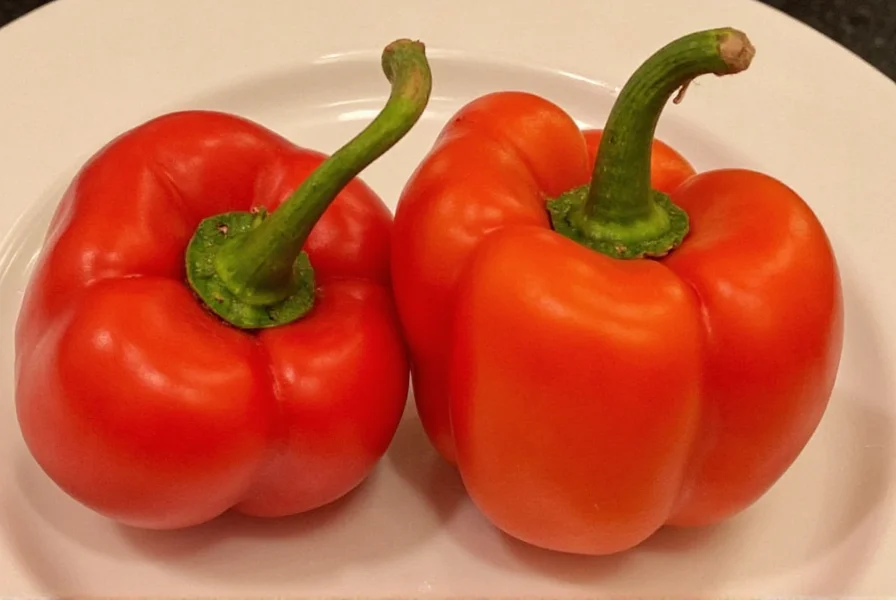
So next time you reach for the jalapeños or bell peppers, give the Anaheim a try. You might just find yourself reaching for them again and again—not for the heat, but for the soulful flavor they bring to every bite.

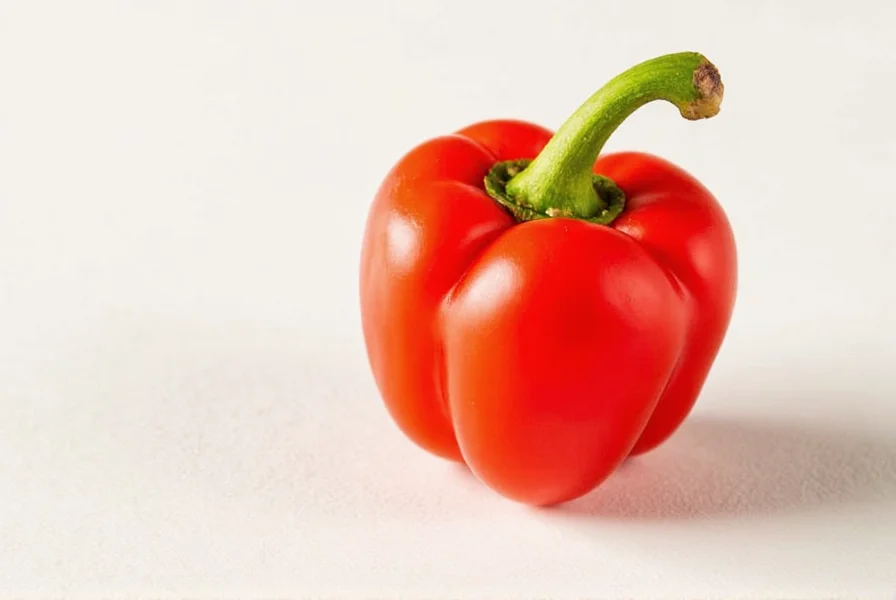









 浙公网安备
33010002000092号
浙公网安备
33010002000092号 浙B2-20120091-4
浙B2-20120091-4